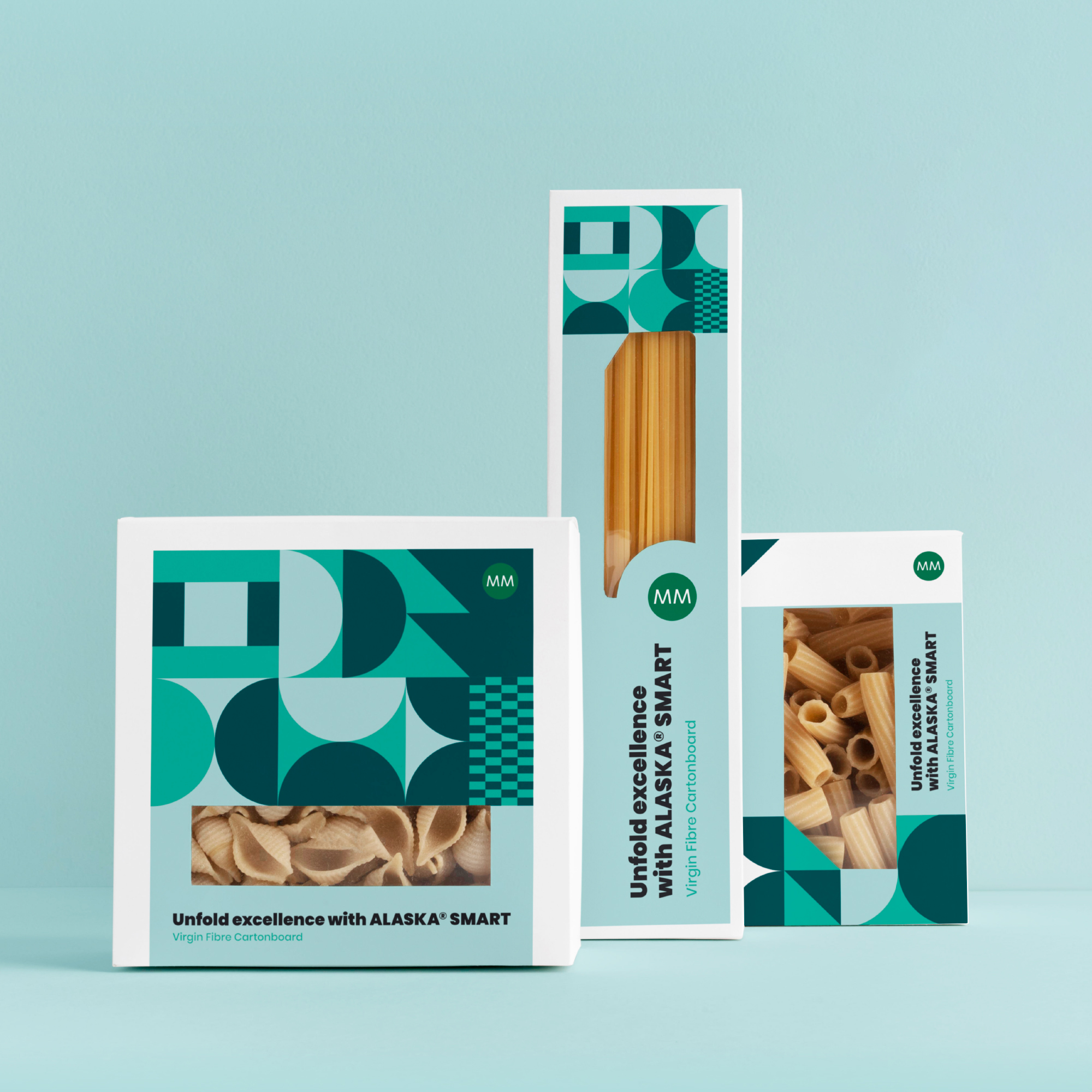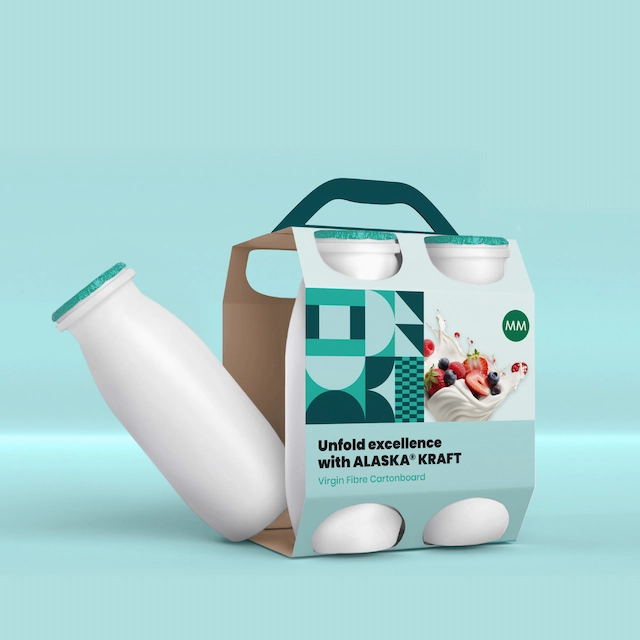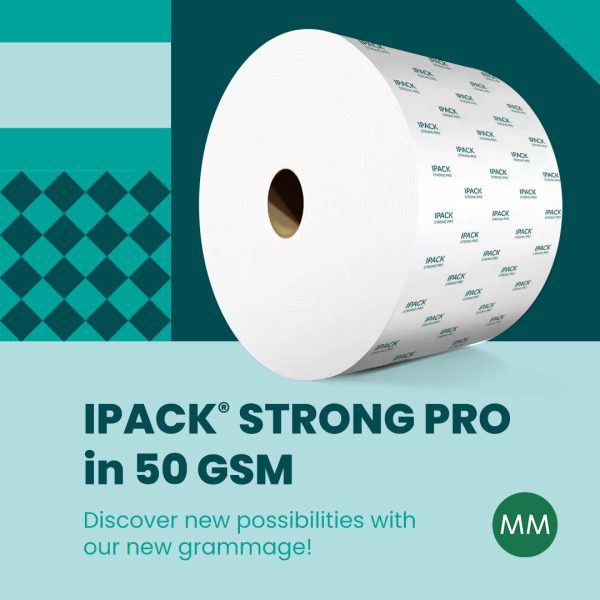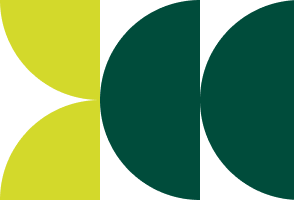Brightness
Brightness is the amount of blue light that a cartonboard surface reflects at a wavelength of 457 nm (nm = nanometre).
Einheit |
% |
Prüfnorm |
ISO 2470 |
General information
If an object is irradiated with light, the light is absorbed, reflected, transmitted or scattered. The colour perception is closely associated with the absorption of certain wavelengths of light. A white object reflects the entire light of all wavelengths. Compared to a white object, a blue object reflects only the blue light from the spectrum of the incident light, the major part is absorbed. A cartonboard with a high brightness value reflects most of the light. The ISO brightness measures the diffuse blue reflection at an effective wavelength of 457 nm (nanometer). Light sources for the measurement can be either D65 or C/2.
D65 is the industry standard for daylight (average daylight at noon in the northern hemisphere) with a colour temperature of 6504 Kelvin. D65 is one of the standard light types that also include UV components, which are invisible to the human eye, but are important in the interaction with fluorescent
surfaces. These standard light sources correspond to daylight with natural UV components of sunlight. The C/2 light source is an older standard, which imitates average daylight in the northern hemisphere. This light source has a colour temperature of 6774 Kelvin and a significantly lower percentage of UV, compared to D65.
Additional details – practical relevance
To achieve a bright white, coated or uncoated cartonboard, additives are necessary to increase the brightness. This is achieved by adding bright white coating pigments. Cartonboard grades with optical brighteners (OBA) appear whiter because optical brighteners have the property of absorbing UV light, converting it into short- wave visible light and reflecting it as bluish-violet fluorescent light, which is measured during brightness measurement.



